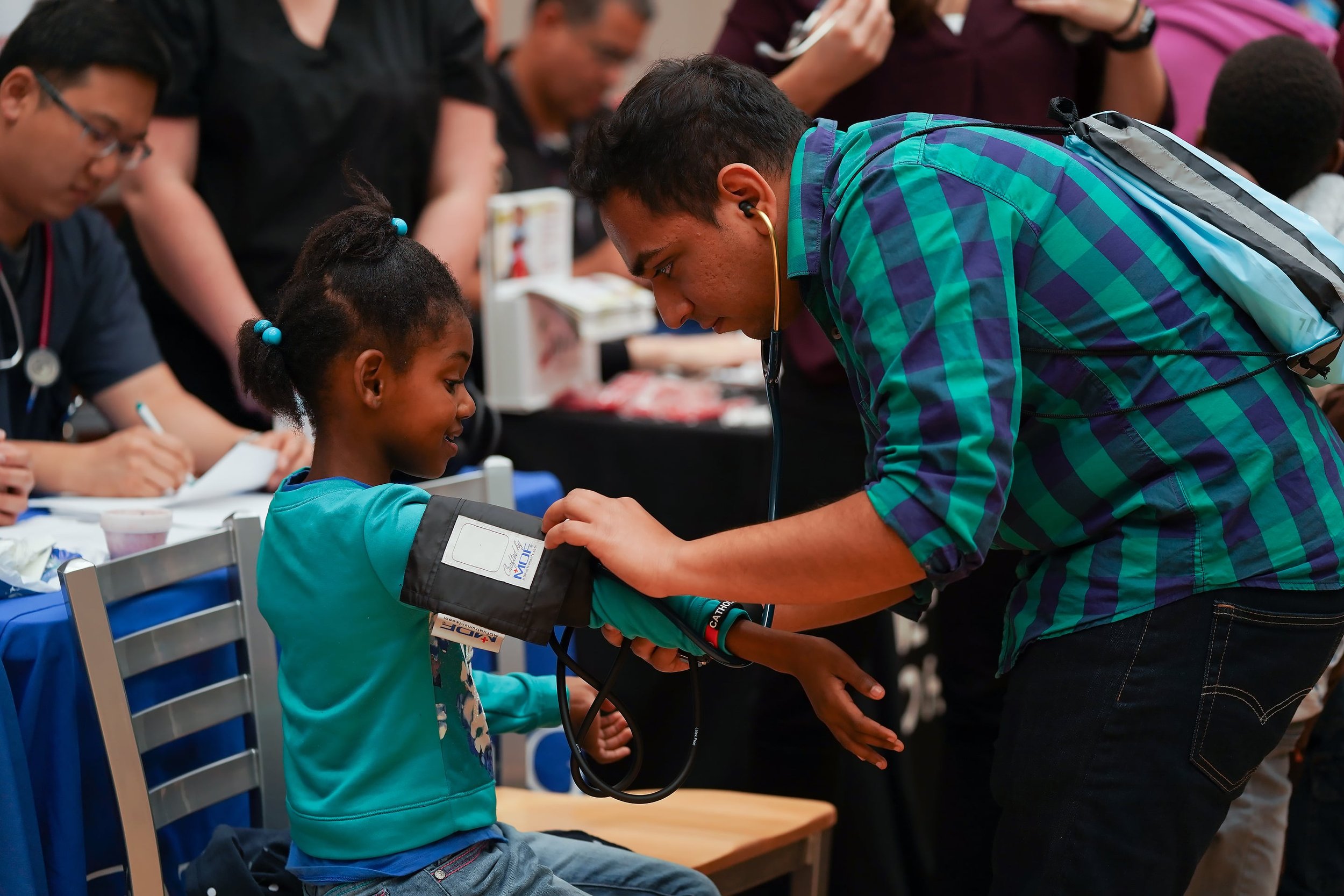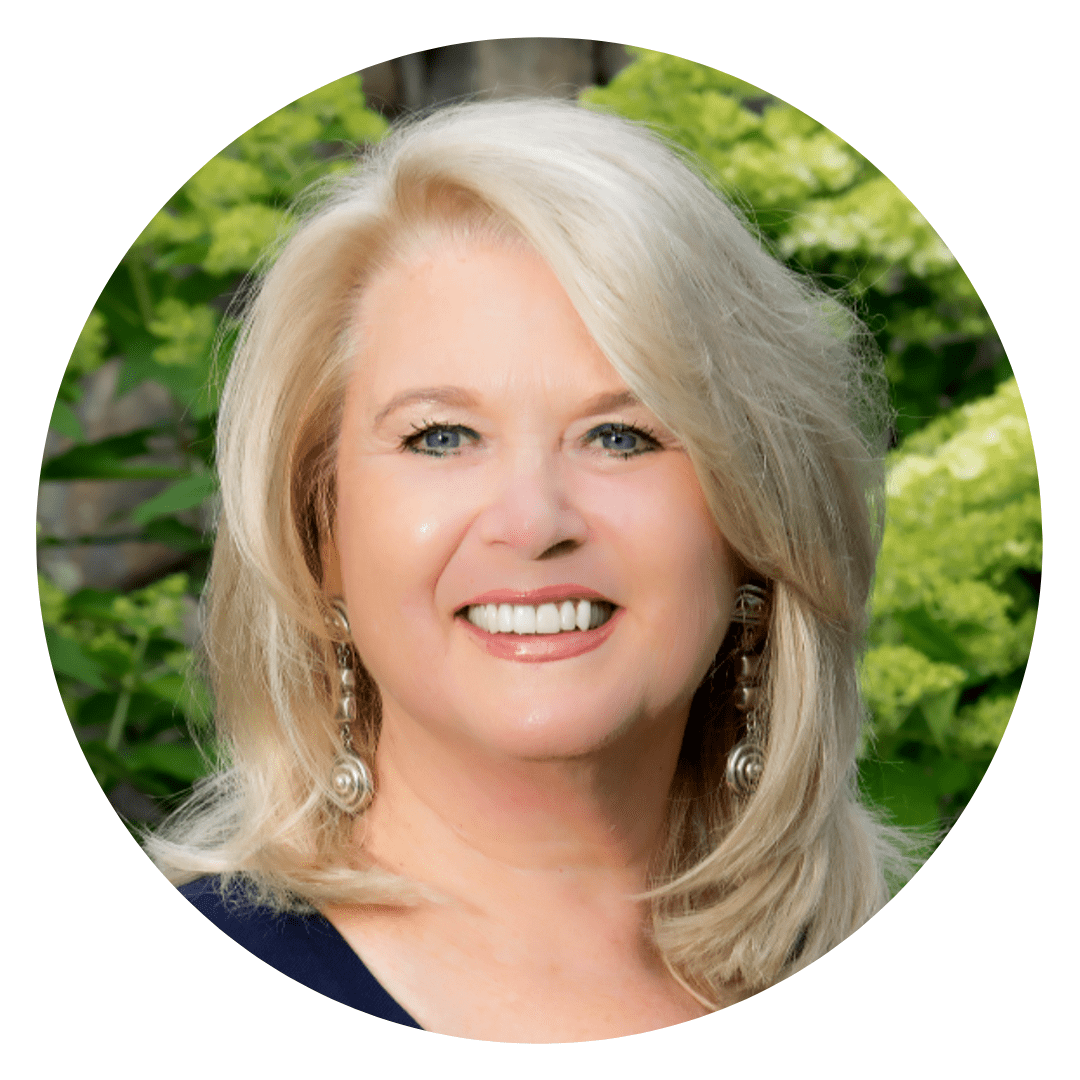Sullivan 180 is a non-profit organization dedicated to building a healthy community through people, places, and policy; with an intentional focus on prevention and empowering a healthier generation.
We are committed to change by degrees, working with partners, schools, and communities through a grassroots and inclusive approach where everyone can participate in turning around the health of our county.
To this end, Sullivan 180 offers grants, technical assistance; and a variety of programs and resources to support our mission.
Through our initiatives and collaborations with our community partners and volunteers, Sullivan 180 is committed to making Sullivan County, New York, a healthier place to live, learn, work, play and raise a family.
Our vision is to support people and communities in Sullivan County to define and shape their own health.
The beauty, fresh air, clean water, outdoor experiences, and sense of community have attracted people for generations. They have visited and moved here for these aspects that contribute to quality of life and overall good health.
Sullivan 180 —
empowering a healthier generation.
-

Grants
Sullivan 180’s 2023 Grant Programs are now available!
There are many opportunities for your project or program, from beautification and neighborhood revitalization to edible gardens and technical assistance.
-

In Our Schools
As Sullivan 180 has intentional, focused attention toward our youth, the Empowering a Healthier Generation Program is the flagship of this focus.
The goal of this program is to create a movement that will change policy and environments; while demonstrating that individuals and families have an important role to play in building a culture of health.
-

Events & Workshops
Sullivan 180 offers a range of FREE workshops and trainings.
Programs are led by the Sullivan 180 team, Community Health Champions, or partners trained in the specific topic areas.
-

Get Involved
Everyone has a role to play.
Sullivan 180 invites individuals, communities, schools, organizations, and businesses to engage in opportunities relevant to their interests, skills, and talents to help build a healthier community.
What’s happening at Sullivan 180?
Download our FREE Community Resource Guide
Have you ever needed help with a certain problem and just didn’t know where to turn or who could help?
This Sullivan County specific guide is a tool for you to connect with resources; and that it empowers you, your family and friends whenever help is needed.











